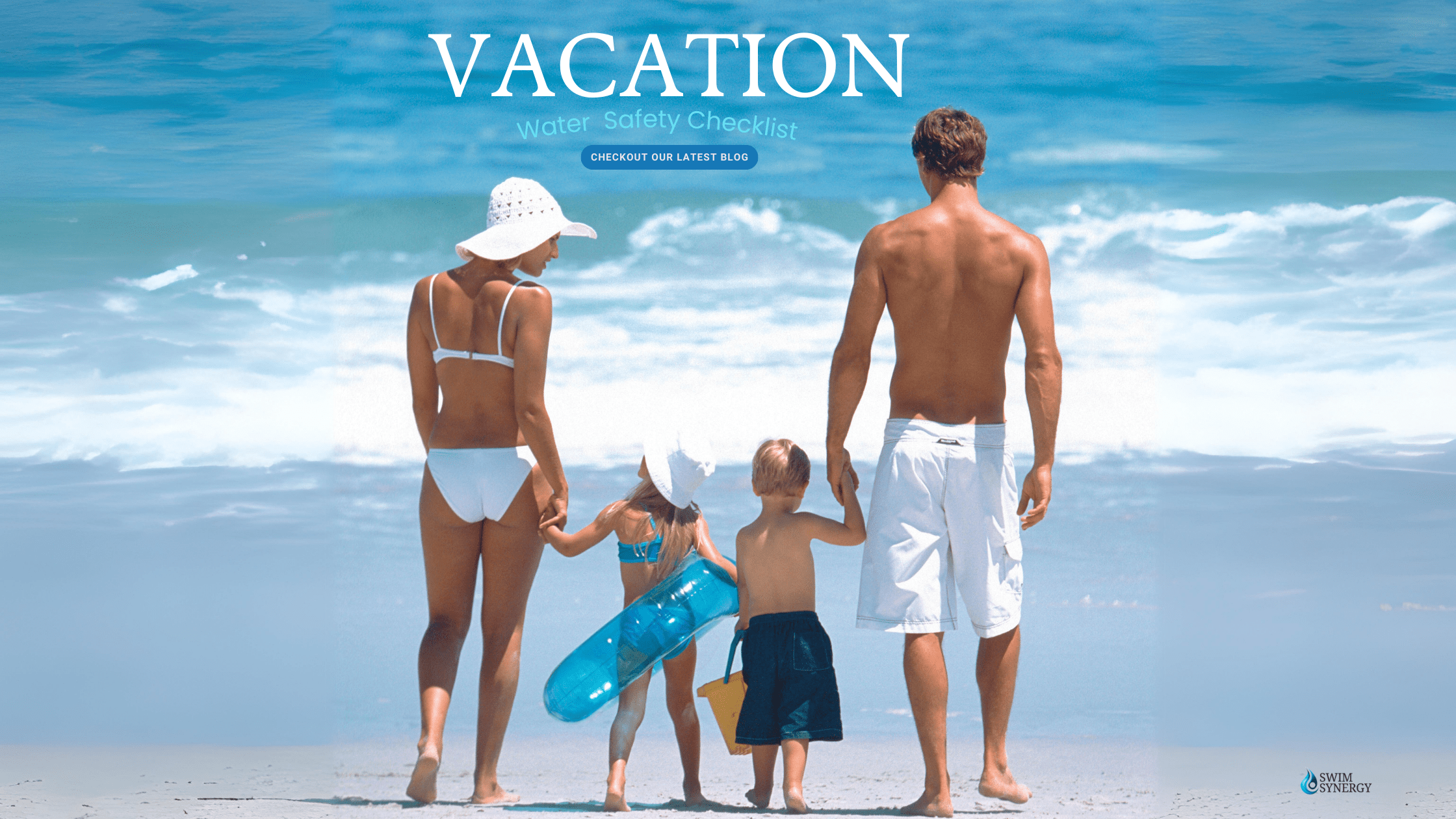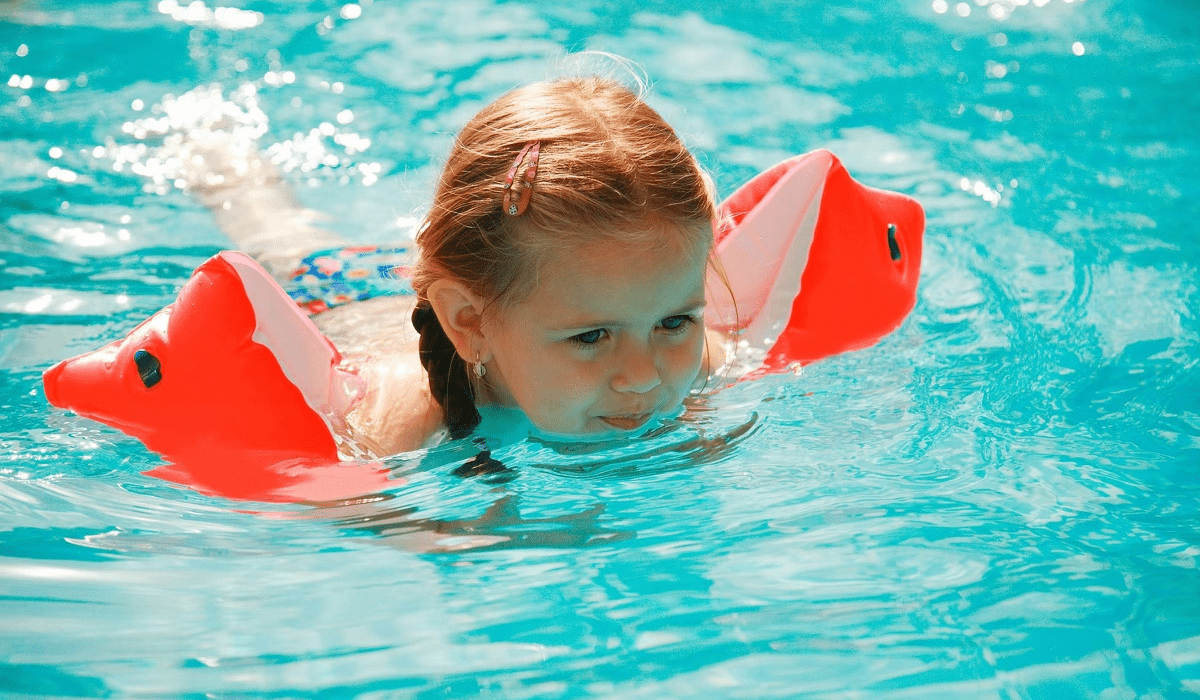As parents, we wish we could bubble wrap our precious little ones from all of life’s dangers. But arming tiny humans with survival skills ASAP is the next best thing. When it comes to preparing for the water, this innovative infant and toddler swim program spotlights safety first. Let’s unravel the mystery behind the highly effective Swim Float Swim method for early water safety.
According to the NDPA, drowning is a leading cause of death for children aged 1-4. With each year, an average of 3,500 to 4,000 lives are lost to drowning in the U.S. alone, emphasizing the critical need for effective water safety and swim programs.
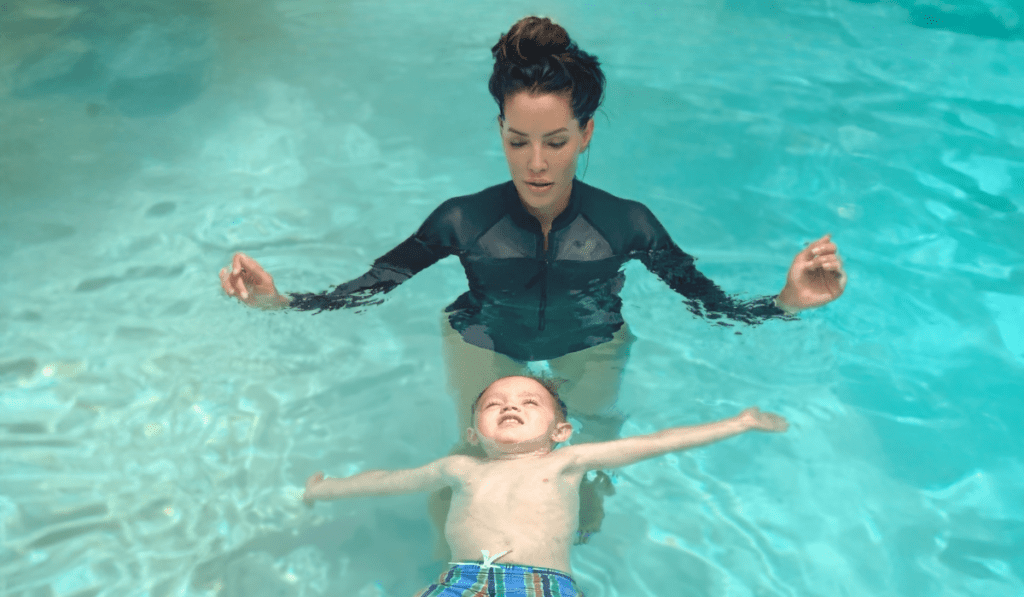
Key Water Safety Takeaways:
- Priority #1 is surviving versus swimming
- Core skills: Roll, float, swim to wall or step
- Lessons tailored to each tot’s pace
- Real-life success stories boost confidence
- Addressing concerns about age, crying, and cost
- Finding the right instructor for your child
- Prep tips for lesson #1
First, what drives this unique swimming philosophy?
Understanding the Core Principles of Toddler and Infant Water Safety Programs
The roots of this safety-first swim program trace back to 1966, when a pioneering researcher witnessed how impactful water immersion education was for a young toddler neighbor. Inspired by the potential lifesaving value, he developed an early childhood water safety course, securing grant funding to refine techniques focused on survival skills over recreational swimming. Through decades of evolution, the “Swim Float Swim” method was born, centered on equipping infants and toddlers with potential lifesaving competency..
So how exactly does this infant and toddler water safety program differ from standard recreational swim classes?
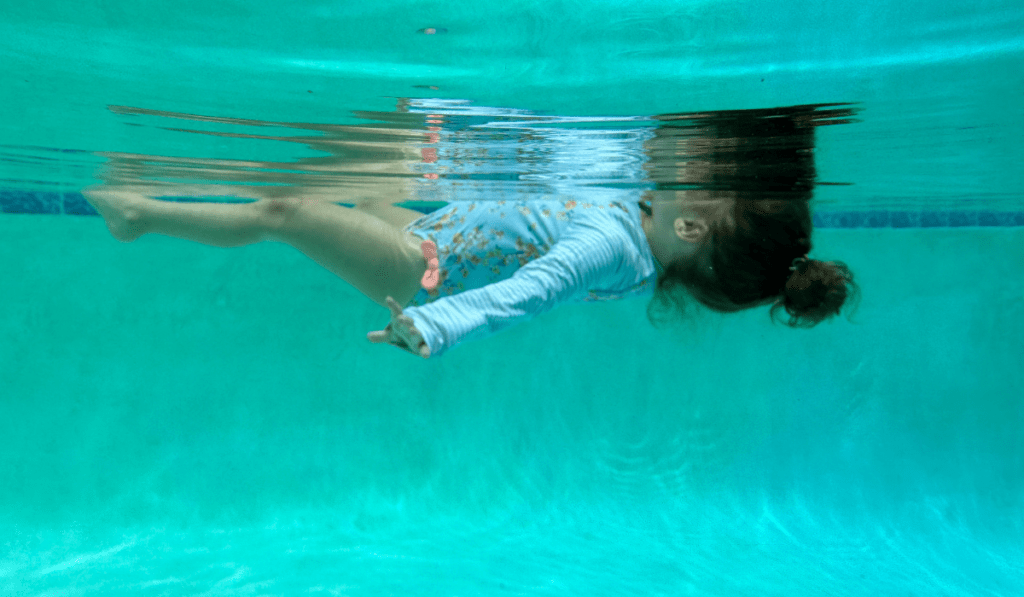
Survival Swim Skills First
The distinction is clear from the get-go. This is not your typical recreational splash time designed for giggles above all else. Yes, children still have fun, but the stern priority stays on equipping infants and toddlers with life-saving skills—surviving first, swimming second if at all (based on infant’s age). The lessons drill essential safety responses into muscle memory first, before any stroke technique. It’s potentially lifesaving competencies above all else.
The Basic Building Blocks
This highly effective safety program hones in on a simple, three-step sequence to condition core self-rescue competencies:
- Roll onto back from any position in the water
- Float face up on back, with airway cleared
- Swim short distance to wall
- Swim Float Swim when the distance is far to get to safety
Once achieving these skills consistently, little ones are liberated, but also significantly safer around water.
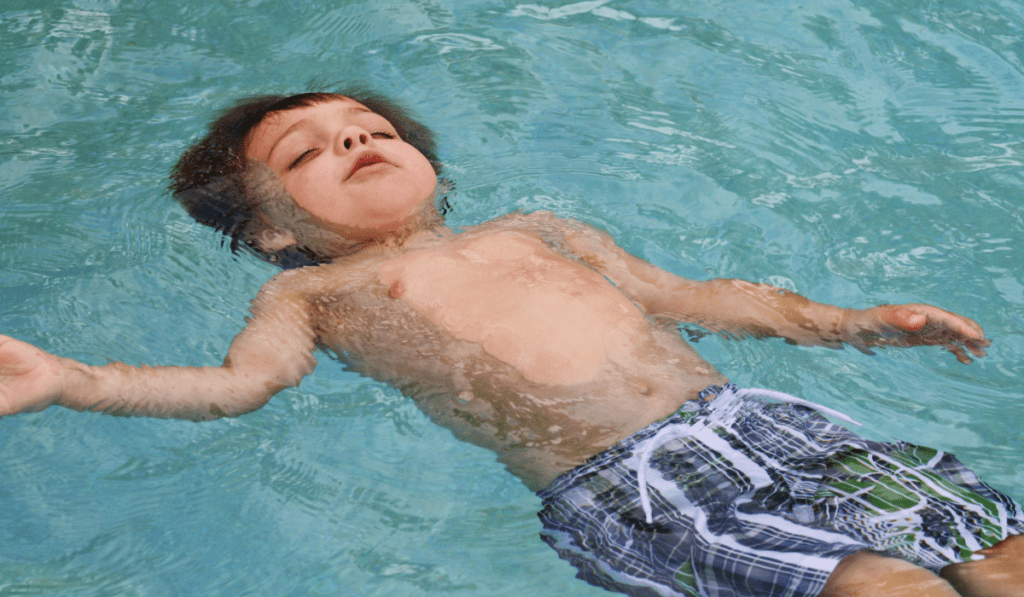
According to the Centers for Disease Control and Prevention (CDC), drowning is fast and silent, and it can happen in as little as 20-60 seconds. This underscores the necessity of instilling quick and effective self-rescue skills in children, as there may be only a brief window of time to react in a dangerous situation
Personalized Progression in Water Safety Swim Instruction
Since every tiny tot tackles skills at their own pace, this safety program offers flexible lesson timelines tailored to each student’s needs. Instructors personalize the training based on adapting to every child’s:
- Comfort level
- Pace
- Abilities
- Confidence
There are no rigid class schedules. Kids flow seamlessly between levels moving at their own speed. Parents appreciate this patience.
Now let’s take a glimpse at this safety method’s lifesaving magic in action.
Witnessing the Magic
It’s one thing to hear about ISR lesson breakdowns. But seeing toddlers put skills to work with smiles on their faces is pure awe-inspiring! Brace yourself for seriously adorable content.
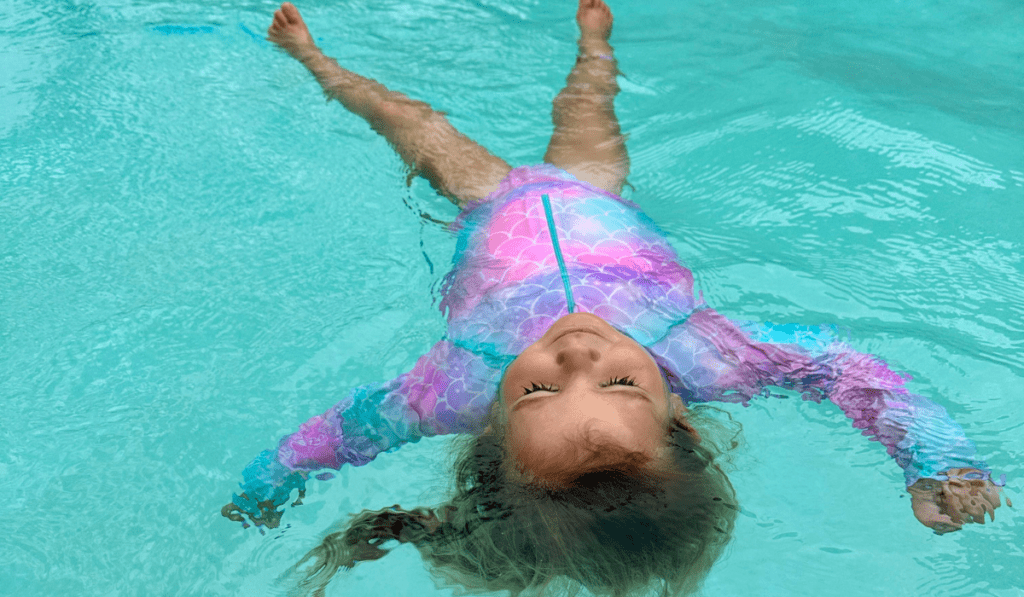
Early Water Safety Success Stories
Just ask the proud parents of toddlers Morgan, Flynn, Chase, and Aubrey, graduates of Swim Synergy’s safety program. By only age two, all could confidently roll onto their backs, float with cleared airways, and swim short distances to pool steps all on their own. Not only did they gain lifesaving techniques, but also patience, listening skills, and respect of the water. And parents gained immense peace of mind. Their success stands as proof of this method’s power to equip tiny humans with invaluable, lifelong safety skills starting at the earliest ages.
Aubrey, Chase, Morgan, and Flynn aren’t anomalies. Thousands of Swim Synergy students showcase similar competencies. Of course, speed varies. But the independence gained shines brightly.
Beyond Technique
Yes, Swim Synergy conditions the muscle memory needed for aquatic self-saves. But additional treasures unfold too, like:
- Heightened focus
- Boosted confidence
- Water enjoyment
- Trust between parent and child and instructor
One Swim Synergy parent said: “My daughter doesn’t fear water now. She feels empowered, which spills into other parts of her life too”. Evidence of lifelong benefits!
What about worries, floating in parents’ minds? Let’s talk top concerns.
Addressing Parental Concerns
Starting Young
Is my 6-month old too tiny for lessons?
Ideally, enrollment happens between 6-12 months when infants are most receptive to conditioning that sticks long-term. Early introduction prevents fear of water too. By 9 months old, wariness and anxiety kick in if not already accustomed to aquatic environments. For true effectiveness, it’s key not to delay that initial exposure.
However, realistic expectations are also important and it’s crucial for your infant to have reached the crawling stage before embarking on learning aquatic survival skills. This ensures they possess the necessary muscle strength and motor coordination. Achieving key sensory-motor milestones is fundamental for their success in swim lessons.
The “Cry it Out” Method: Questioning Its Necessity
Is controlled crying a necessary part of learning? We believe there’s a more compassionate approach.
While it’s argued that crying signifies an emotional engagement and trust in the parent’s proximity, we advocate for a gentler approach. Our focus is on building trust and ensuring the child feels safe, using encouragement and positive reinforcement. We tailor our teaching to each student’s skill level, learning style, emotional needs, and physical capabilities. Rather than letting children “cry it out,” we support them in finding solutions without fear, and feeling relaxed in the process. We strive to build rapport with every student regardless of their age, earn their trust, make them feel safe, honor their feelings and nurture their growth, not just push them for the sake of it.
Understanding the distinction between crying due to fear and crying from defiance is crucial. Take, for instance, a child who has just learned to walk. This milestone often makes diaper changes difficult. A child might resist lying down, struggling and crying. Exhausted parents sometimes adapt by changing diapers while the child is standing or even moving. Similarly, when a child doesn’t want to be buckled into a car seat, they might scream and cry, not out of fear or pain, but from anger and non-compliance.
This behavior is sometimes observable in water safety swim lessons, particularly with infants and toddlers learning to float. The crying in this situation is not from fear, pain, or danger; it stems from frustration over being restricted and not being able to move freely. It’s essential for instructors to recognize this difference. Instructors should avoid teaching from a place of fear or force. By checking the child’s heart rate and breathing, instructors can determine whether to pause the lesson or gently guide the child past their tantrum, creating a calm environment conducive to learning new skills. Not all water safety swim schools strive for no tears during lessons, so be sure to inquire about their approach and philosophy before signing up.
Cost and Commitment
This sounds intense. What about my budget and schedule?
Let’s be upfront: this is no quick or cheap splash class. Water safety swim lessons generally span 10 weeks or more with an investment of $2000+. But survey any parent and the majority declare that safeguarding their precious child’s life far outweighs any scheduling or financial inconveniences incurred.
Whew! Got those frequent worries settle? Now for the fun part…
Taking the Plunge
Let’s get your little minnow started on their Swim Synergy journey!
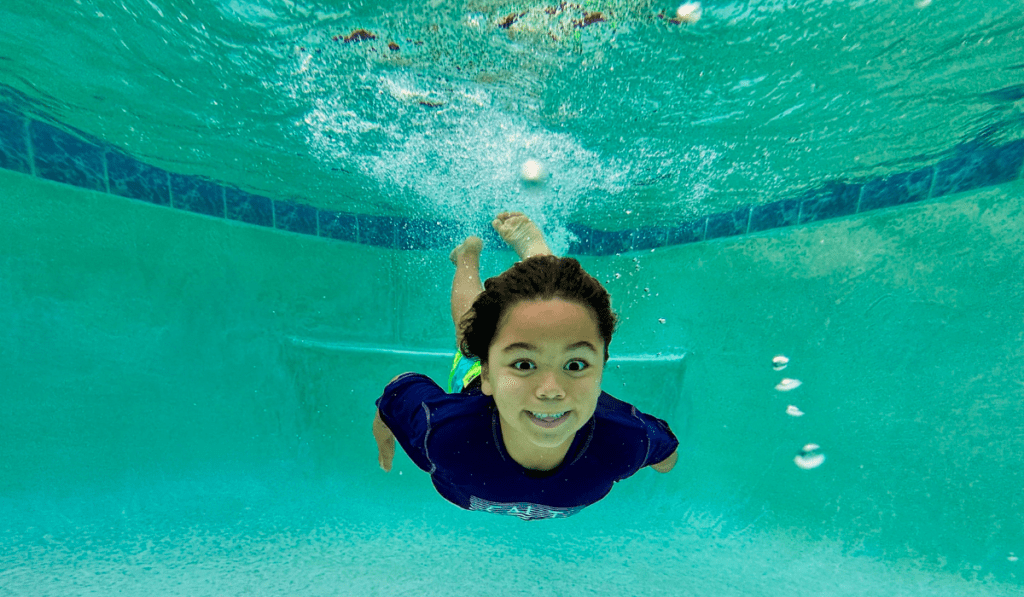
Finding the right swim instructor
Ask friends, family, and other community parents for referrals first when seeking out infant swim instructors focused on life-saving skills over recreation. Or search online directories, reviews and sites showcasing certified teachers in your area. Take time to interview a few qualified candidates to find the best personality and method match for your tot’s unique learning abilities. Confirm essential infant and toddler water safety credentials like:
- Infant and toddler survival swim training certification
- CPR/First Aid current
- Years teaching infant and toddler aquatic survival skills
- Number of students taught
A compatible connection ensures quality time together in every swim lesson.
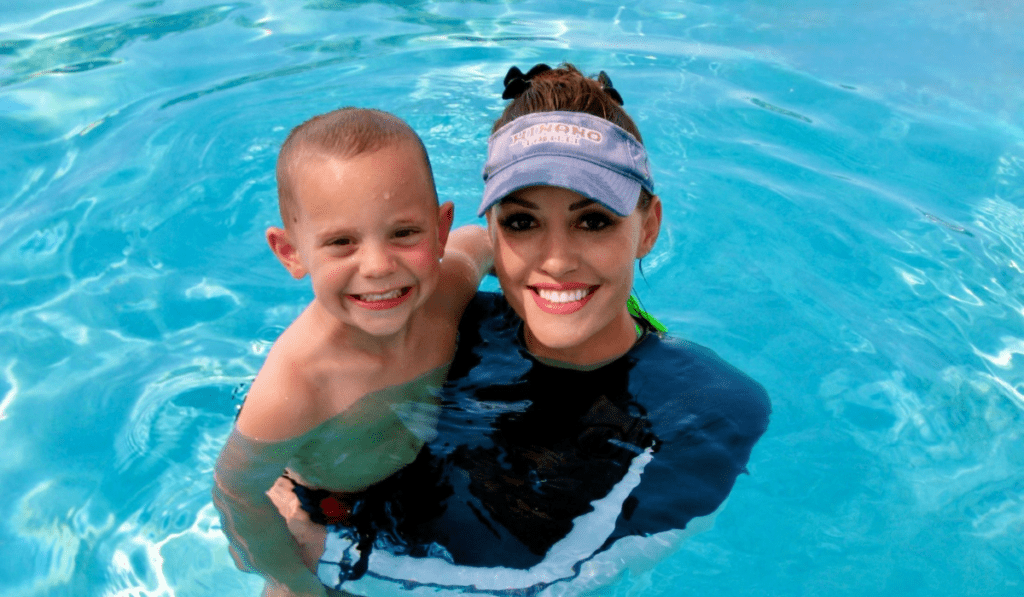
5 years ago when we moved to a new house with a pool I was SCARED!
Not only because I myself was not a good swimmer, we had a 1yr old AND I would hear stories from my Fireman/Paramedic husband of drowning children. We spoke of putting a fence around the pool, but felt it was a false sense of security (what if someone accidentally left the gate open) instead we put deadbolts and alarms on our doors (another false sense of security) and NEVER went out to our backyard. About 2 months later, my husband heard of Krista through a work drowning class.
Immediately we called and scheduled our son for his first survival swim class. When we first met Krista we had an immediate sense of relief and our son also took a liking to her right away. She was knowledgeable, kind and very patient (our son tends to be a bit stubborn). Within a few weeks our son had gained the skills needed to float and swim unassisted. 4 yrs later and over a 1-hour commute, we enrolled our 1yr old daughter on swim lessons with Krista.
Having been given the peace of mind that both our children are equipped with water survival skills the investment has been priceless!!!! Now, my husband and I enjoy watching our little guppies swim for hours in the pool. (I even learned a few things from her as well)
Yvette R – Murrieta, CA
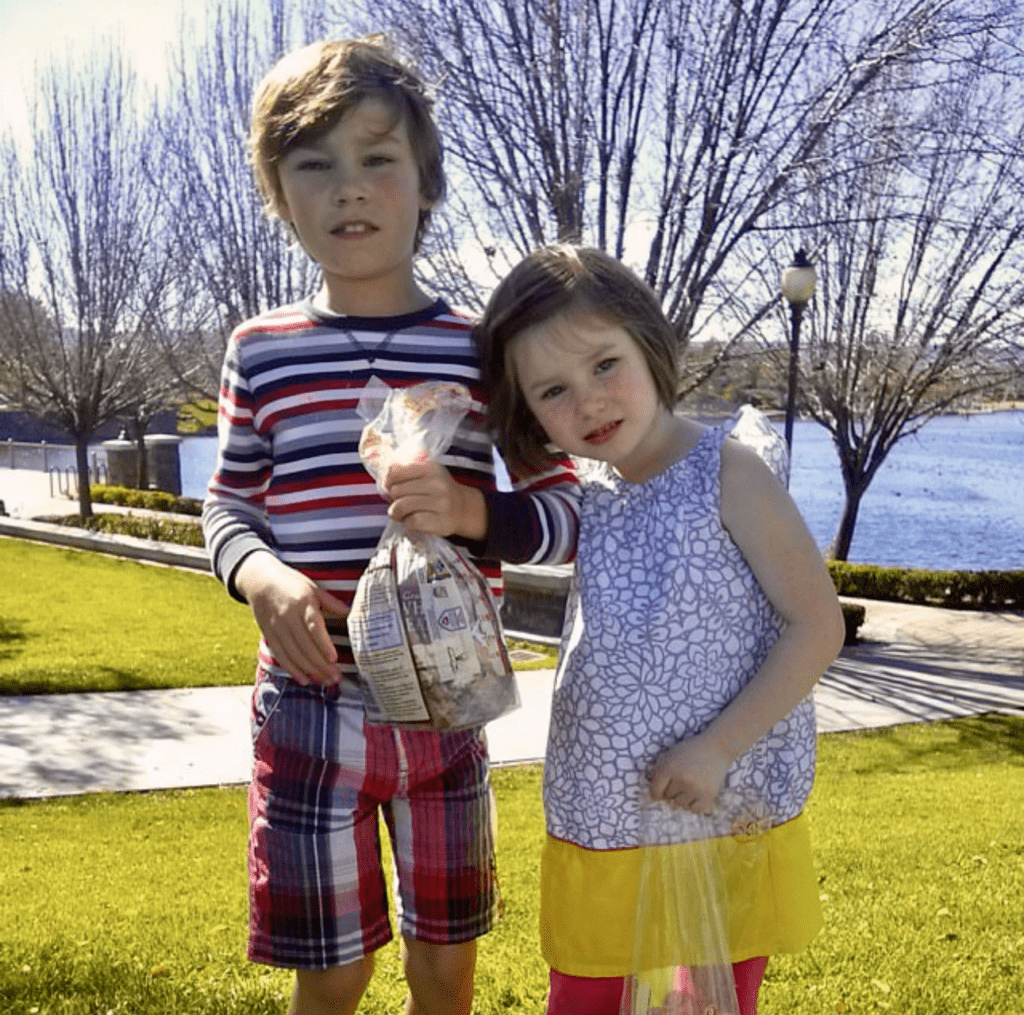
Preparing For Water Safety Success
In your tot’s first lesson, they’ll learn basic water safety rules, get comfy in the water, work on putting their face in, and learn the significance of holding onto the pool edge.
Ease nerves before entering by:
- Talking with your instructor and or touring the facility to observe a lesson
- Practicing with getting their face wet in the bath or shower
- Showing your child videos of happy swimmers and opening up a discussion about fun swim lessons to come
- Reading children’s books about swimming together
The Journey Ahead
While each child’s abilities differ, here is a general roadmap:
| Month 1 | Acclimate to instructor, pool. Build breath control. Float unassisted for 5-10 seconds. Grab the pool edge and crab walk to the steps. Swim unassisted to steps. |
| Months 2 | Develop rolling back to float, flipping over to swim and unassisted float. |
| Months 3 | Increase float times. Refine swimming skills. Swim float swim, jump to float, testing in clothes and shoes. |
| Month 4 on | Maintenance lessons on a more flexible schedule for added skill acquisition, practice and confidence building. |
Give lots of high fives for trying new skills! And don’t forget…patience.
Empowering Parents and Equipping Toddlers
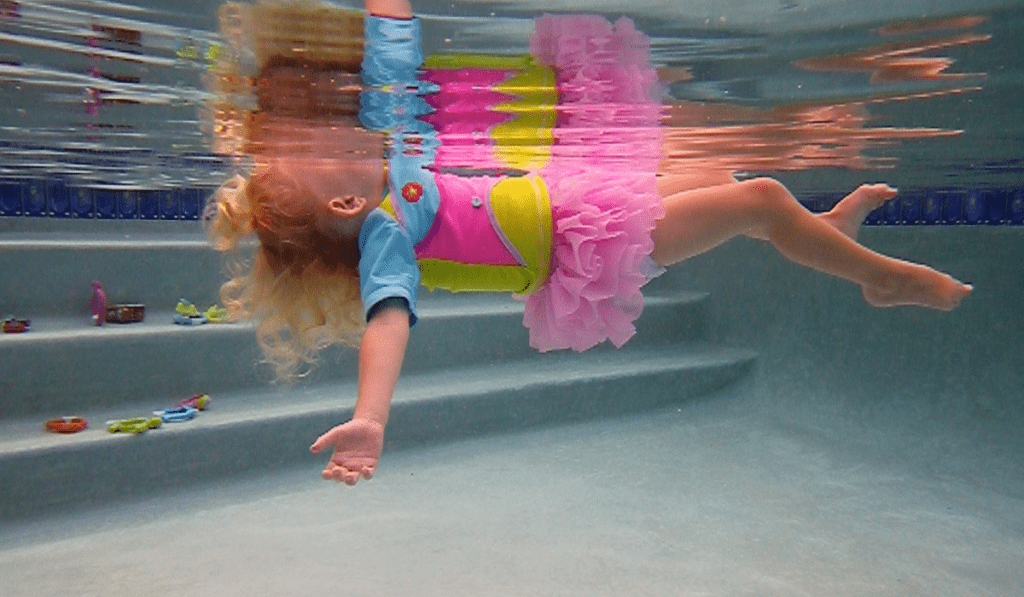
As frightening as water hazards seem to parents, this water safety-first program aims to shine an empowering light rather than feed fear. Functional knowledge replaces unease with real capability. Toddlers transform into little aquatic warriors ready to tap into inner resilience when dangers arise. This method gifts both parent and child with confidence and potentially lifesaving skills that last a lifetime. Seek out your first lesson today!
Common Infant and Toddler Water Safety FAQs
How old should my child be to start swim lessons?
We recommend starting water safety swim lessons between 6-12 months old. This allows infants to get comfortable in the water and develop skills before fear sets in around 9 months. However, babies should be crawling first to ensure they have the necessary strength and coordination to master a rollback to float in a drowning prevention program.
Will my baby cry during swim lessons?
Some crying is normal at first for about 50% of infants. They either love it, or dislike it. The question is whether they can move past the fussing and learn from a place of peace and trust, or if lessons need to pause until they are a little older and more interested in the water. We use encouragement rather than letting babies “cry it out.” Our priority is ensuring infants and children feel safe. We tailor the teaching to each child’s needs and pause before feelings become overwhelming.
How much do private swim lessons cost, and what is the time commitment?
Lessons generally span 10 weeks or more with an investment of $2000+. We understand this is intensive in terms of cost and schedule. But the majority of parents agree that safeguarding their child’s life far outweighs any inconveniences.
How do you tailor swim lessons for each child’s needs?
We personalize training based on every child’s comfort level, pace, abilities and confidence. There are no rigid schedules that force progression. Kids flow seamlessly between levels, moving at their speed. This flexibility allows for success.
How can I help my child practice at home?
Read water safety books together, watch “Happy Swimmer” videos, practice putting their faces in bathwater, and offer plenty of high fives for trying new skills! Checking in with instructors for extra home tips is encouraged, too.
In conclusion, when selecting the ideal toddler water safety program, it’s essential to choose one that not only focuses on survival skills and safety but also ensures the experience is enjoyable and engaging for the children. A program like Swim Synergy’s, which balances effective learning with fun, will foster a love for swimming while instilling crucial safety skills in your toddler.


